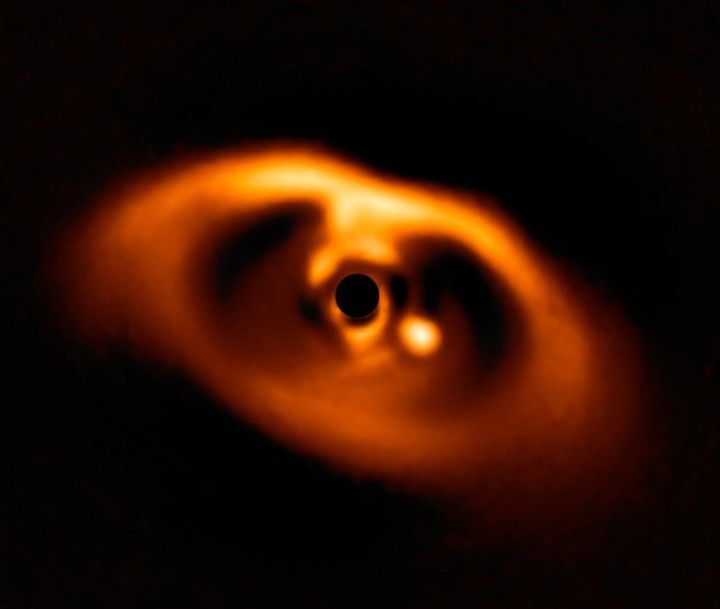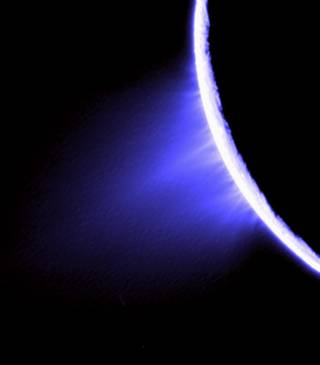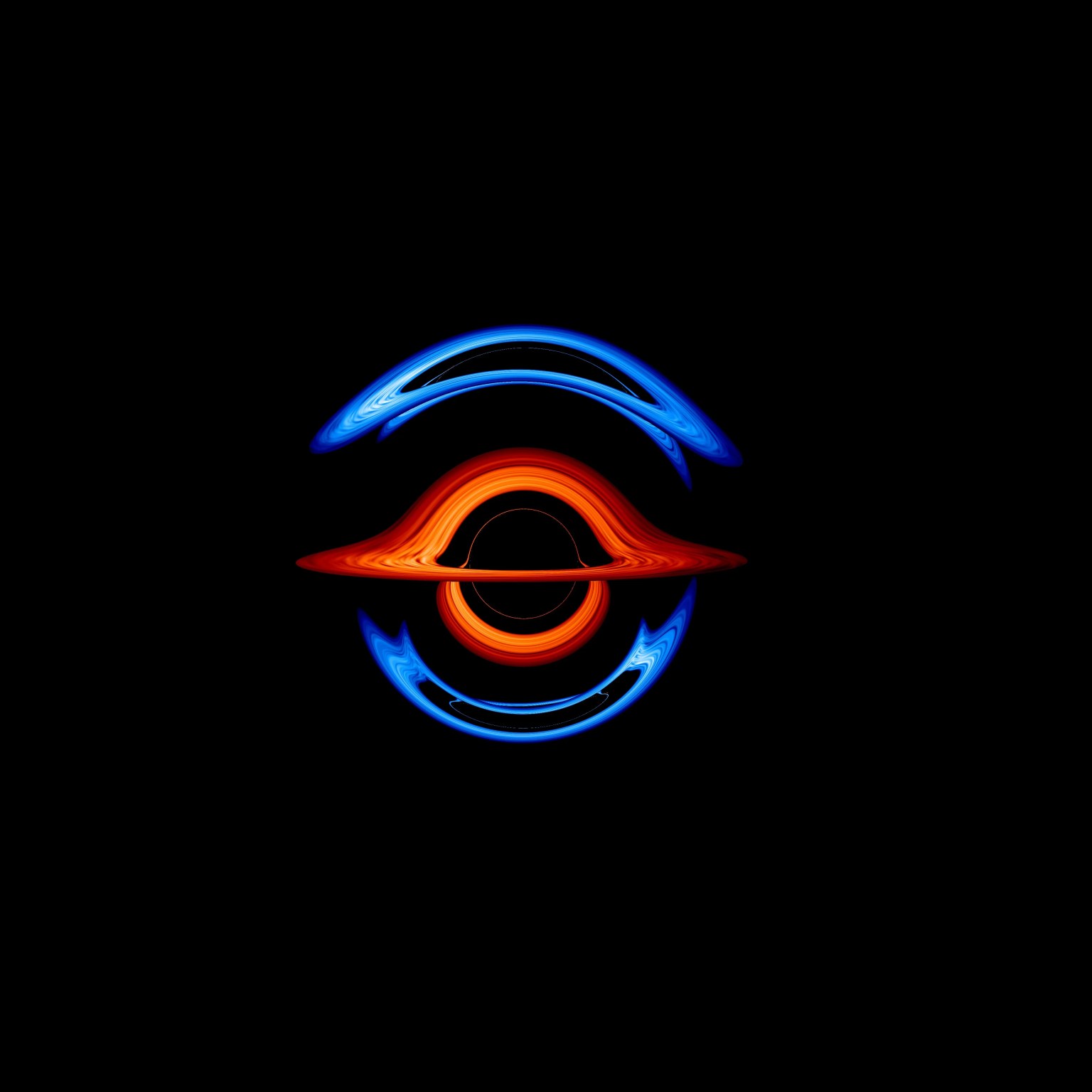Chapter 3: Collisions, Collisions
Chapter | 1 | 2 | 3 | 4 | 5 | 6 | 7 |
Collisions, Collisions
A very young disk around a star contains mostly gas with dust -- no bigger than grains of sand -- swirling around in it. The baby star is still throwing out extremely hot winds, dominated by positively charged particles called protons and neutral helium atoms. A lot of the material from the disk is still falling on the star. But small groups of lucky dust particles are crashing into one another, clumping into larger objects. Planets will form from less than 1 percent of the mass of the disk.
"We look at our solar system now, and we're just seeing the stuff that has survived that initial process," Mamajek said. "There might have been earlier generations of planets that actually migrated in and were absorbed by the Sun, in just the first few million years of our history."
The presence of gas helps particles of solid material stick together. Dust clumps become pebbles, pebbles become larger rocks that grind together to enlarge. Some break apart, but others hold on. These are the building blocks of planets, sometimes called "planetesimals."
Q: Is there another way that planetary bodies could form?
A: Yes, through the collapse of material in the disk.
A different kind of adventure in making planets is called “gravitational instability.” When pockets of gas in the protoplanetary disk become overly dense, they can cool down and contract rapidly into objects ranging from comets to planets. This can only happen far away from the star so that the star’s own gravity doesn’t rip these objects apart. Rather than beginning as grains and accumulating material slowly over millions of years, bodies born from instability are thought to reach their full size within a few thousand years.
The giant planets of our solar system were once thought to have formed this way, through the collapse of gas in the disk. Today, scientists think it’s more likely this is the story of how planets much more massive than Jupiter formed around other stars. Some brown dwarfs, objects too big to be planets but too small to fuse hydrogen and become stars, may have been born this way, too.
In our own solar system, small icy bodies in the Kuiper Belt, where Pluto orbits, may have emerged directly from the protoplanetary disk as well. These so-called “Cold Classical Belt” objects could have formed quickly from the collapse of rock and ice.
Temperature Matters
Where the disk is colder, far enough from the star that water can freeze, tiny fragments of ice hitch a ride with dust. Dirty snowballs can amass into giant planetary cores. These colder regions also allow gas molecules to slow down enough to be drawn onto a planet. This is how Jupiter, Saturn, Uranus and Neptune -- the gas giants of our solar system -- are thought to have formed: a rock-ice core grabbing gas out of the disk and forming the wondrous swirling layers of gas of the planets we see today. Jupiter and Saturn are thought to have formed first, and quickly -- within the first 10 million years of the solar system.
In the warmer reaches of the disk, closer to the star, rocky planets take shape after the icy giants form -- and there’s not a lot of gas left for the terrestrial planets to snag. Planets that are rocky like Mercury, Venus, Earth and Mars may take tens of millions of years to form after the birth of the star. The details of exactly where planets prefer to form in disks is still a mystery -- and an ongoing area of research.
"You want a sweet spot where things collapse easily, but not so far out that the material is so spread out," Green said.
NEWS FLASH: Shhhh....Planet Formation in Progress
There have been very few examples of baby planets caught in the act of forming in a disk around a star. But Miriam Keppler and André Müller at the Max Planck Institute for Astronomy in Germany each led teams that captured rare images of young planet PDS 70b, using the European Southern Observatory’s Very Large Telescope in Paranal, Chile. They announced the discovery in 2018.
A gas giant, PDS 70b is already more massive than Jupiter and could still be growing. Its gravity carves out a large gap in its disk and orbits its star roughly at the same distance as Uranus in relation to our Sun. Because material continues to fall on PDS 70b from the disk, releasing energy, the young PDS 70b is hotter than any planet in our solar system at 1,800 degrees Fahrenheit (1,000 degrees Celsius)
The PDS 70 system is 5 million years old — only a little over 0.1 percent the age of Earth. Although the planet is in some sense newborn, Müller thinks of it more like a 14-year-old. “It’s not fully grown up,” he said. “It’s still a little bit wild, but starting to get mature.”
NASA/JPL-Caltech/D.Berry and NASA Goddard Scientific Visualization Studio. FULL VIDEO
Once planets form, they’re not going to stay in place. Check out Chapter 4 to learn why the whole system can be thrown into chaos.
































